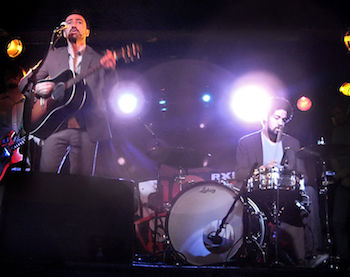A climactic moment in a song is a big reason that good music is memorable. But where do we place that moment?
____________
“The Essential Secrets of Songwriting” eBook Bundle comes with a FREE eBOOK. Read about today’s FREE DEAL.
_____________
 Practically every song has a so-called “climactic moment” – usually (but not always) the highest note of the melody. If you dissect most hit songs, you’ll notice that the climactic moment typically happens in the chorus. Having said that, every section of a song will often have a moment that is the focal point for that particular section, giving most songs several climactic moments. The chorus high point, however, is going to be the most prominent and memorable one.
Practically every song has a so-called “climactic moment” – usually (but not always) the highest note of the melody. If you dissect most hit songs, you’ll notice that the climactic moment typically happens in the chorus. Having said that, every section of a song will often have a moment that is the focal point for that particular section, giving most songs several climactic moments. The chorus high point, however, is going to be the most prominent and memorable one.
And this is nothing new in music composition. Go back hundreds of years, when Handel, Bach and Mozart were composing, and you will see the same thing: music written in sections, where each section has a climactic moment.
In pop music these days, the climactic moment of the chorus is often placed at the beginning of that section. If you want to listen to a good example of how a song melody’s range moves upward, culminating in a climactic moment at the beginning of a chorus, take a listen to “Holding On for Life“, a new single released by Broken Bells in November of 2013, a pre-release from their upcoming album “After the Disco.”
The song is in the key of B minor, with a bridge section in the middle that moves into E minor. The song’s formal design is:
Intro – [Verse – Pre-chorus – Chorus – Instr. Break] (repeat) Bridge – Instr. Break – Chorus – Instr. Break
If you track the range of the melody as it moves from one section to the next, you’ll see that it closely adheres to the basic songwriting principle that melodies in the verse should start low, move higher as they approach the chorus, with the highest notes of the song appearing in the chorus.
In this song, however, the highest notes are high B, but you first get the high B in the pre-chorus, and it happens several times. So when the chorus starts on a high B, it begs the following question: why would we identify the start of the chorus as being the climactic moment of the song if the high B has already been heard?
Climactic moments are not just about the highest note; it’s also about where the note occurs, and specifically about what else is happening when it occurs. In this song, though the high B happens in the pre-chorus, its placement at the beginning of the chorus gives it special importance there. The high B in the chorus is the top note of a short melodic hook, whereas in the pre-chorus, the high B happens in the middle of phrases, a less prominent location.
If you find that your own songs are lacking in energy and drive, take a look at the range of the melodies you piece together to form your song. For maximum effect, you should usually find that your verse melody is pitched lower than your chorus melody.
In addition to that, consider placing that climactic at the beginning of your chorus, allowing it to form not just a climactic moment in your song, but also a climactic moment in your hook.
______________
 Written by Gary Ewer. Follow on Twitter.
Written by Gary Ewer. Follow on Twitter.
“The Essential Secrets of Songwriting” eBook Bundle looks at songwriting from every angle, and has been used by thousands of songwriters. How to use chords, write melodies, and craft winning lyrics. $95.70 $37.00 (and you’ll receive a FREE eBook)









